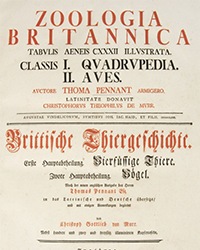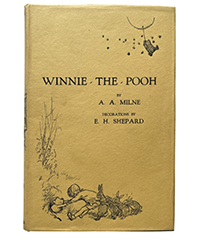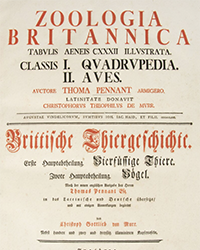Source : Sothebys
| Source Title | Sotheby's |
| Description | Sotheby's was founded in London by Samuel Baker who on March 11, 1744, conducted an auction under his own name. The material offered was "several hundred scarce and valuable books." They took in a few hundred pounds. For over the firm's first century and a half of operation, its auctions were devoted entirely to books and manuscripts. When Baker died in 1778, the firm was divided between his partner, George Leigh, and his nephew, John Sotheby. Sotheby's family came to dominate the firm over the next 80 years, hence the company's name. Early in the 20th century, Sotheby's began to recognize the rising value of art, and the firm expanded into this field. Today art dominates the value of items sold by the auction house, but Sotheby's nonetheless continues to carry on a large and important trade in books and manuscripts. The company opened its first office in America in 1955, in New York. However, the big move into North America came in 1964 when Sotheby's purchased Parke-Bernet, the largest art auction house in the United States. Sotheby's now also conducts auctions in France, Italy, Germany, and the Netherlands, and has offices in many other locations. In 1977, the firm went public, and after returning to private ownership for an interval during the 1980s, it again became a public company in 1988. In 1998, the house's sales reached almost $2 billion. In 2007, Sotheby's sold a copy of the Magna Carta for over $21 million. |
| Scope of Text | |
| Total Records in AED | 1248222 |





![<b>Sotheby’s:</b> Ernest Hemingway. <i>Three Stories And Ten Poems,</i> [Paris], (1923). First edition of Hemingway’s first published book. $75,000. <b>Sotheby’s:</b> Ernest Hemingway. <i>Three Stories And Ten Poems,</i> [Paris], (1923). First edition of Hemingway’s first published book. $75,000.](https://ae-files.s3.amazonaws.com/AdvertisementPhotos/acf970a0-a15d-4c79-aa24-5e8e414cb465.png)



